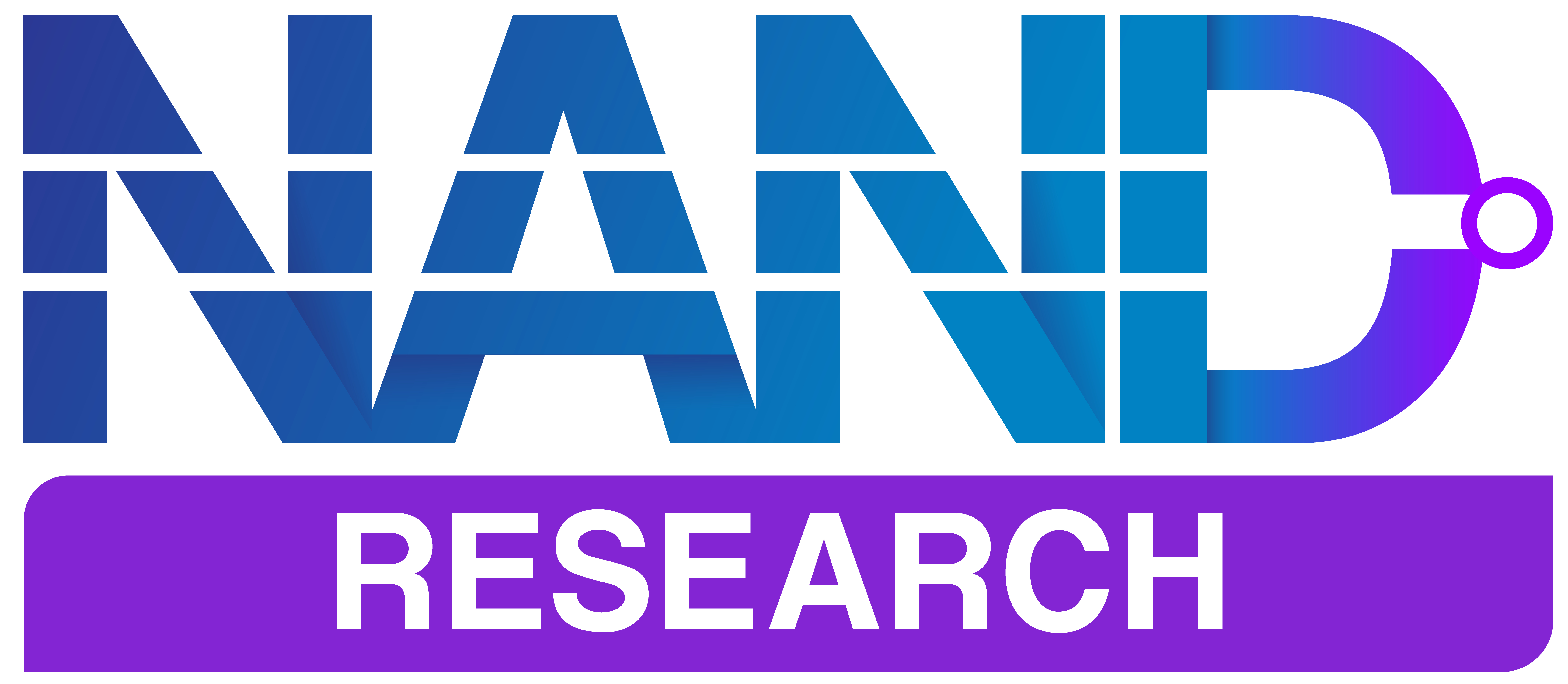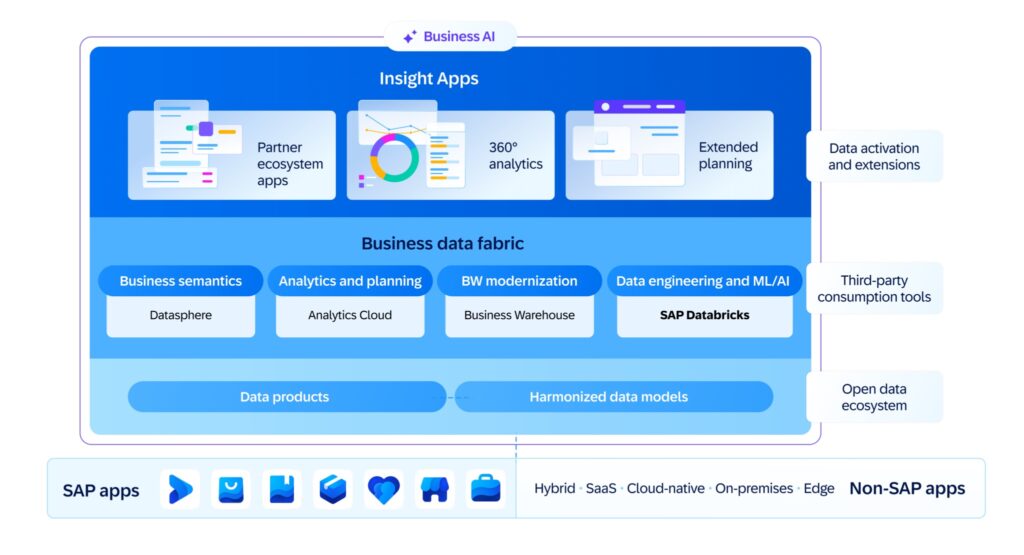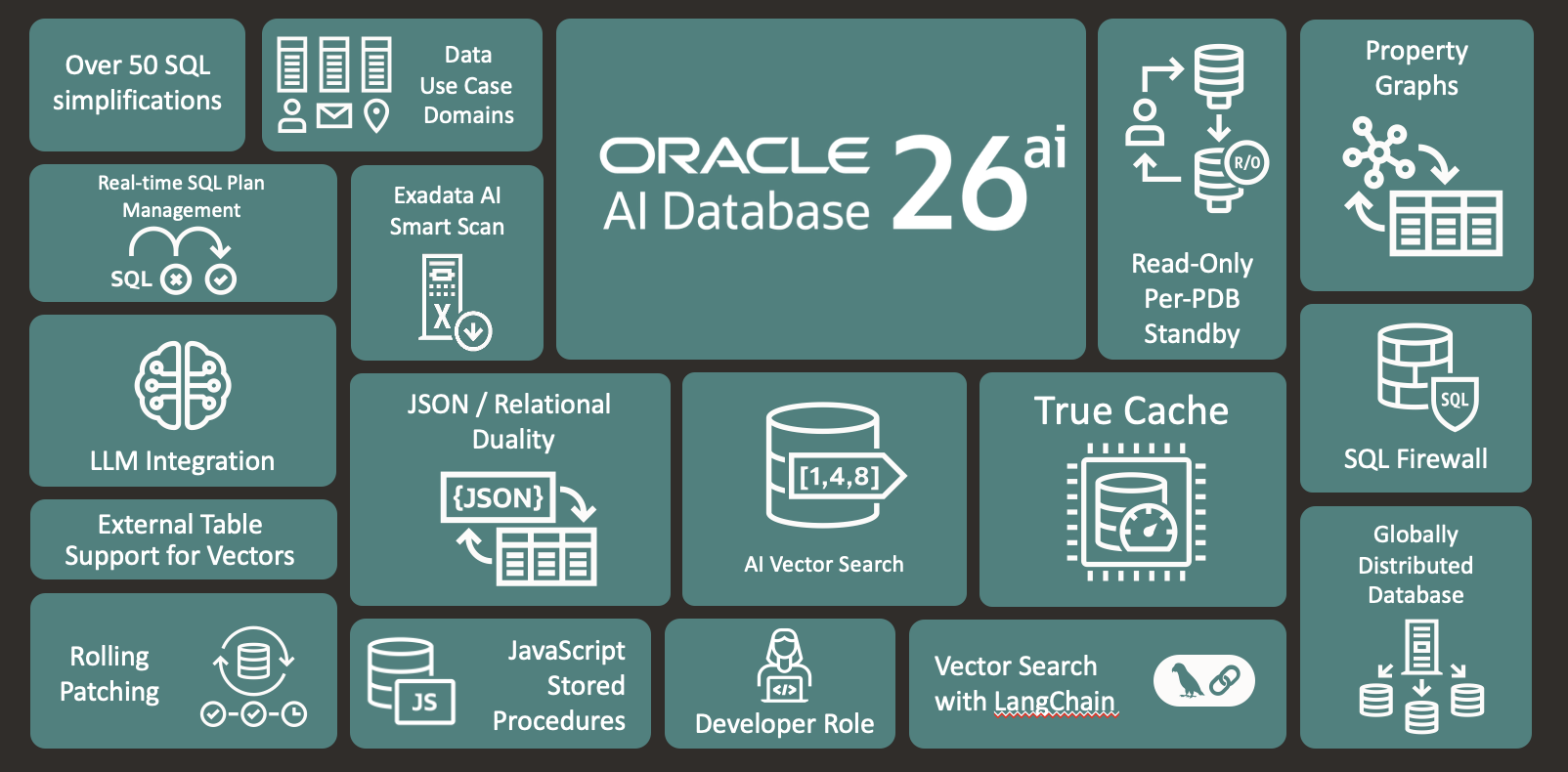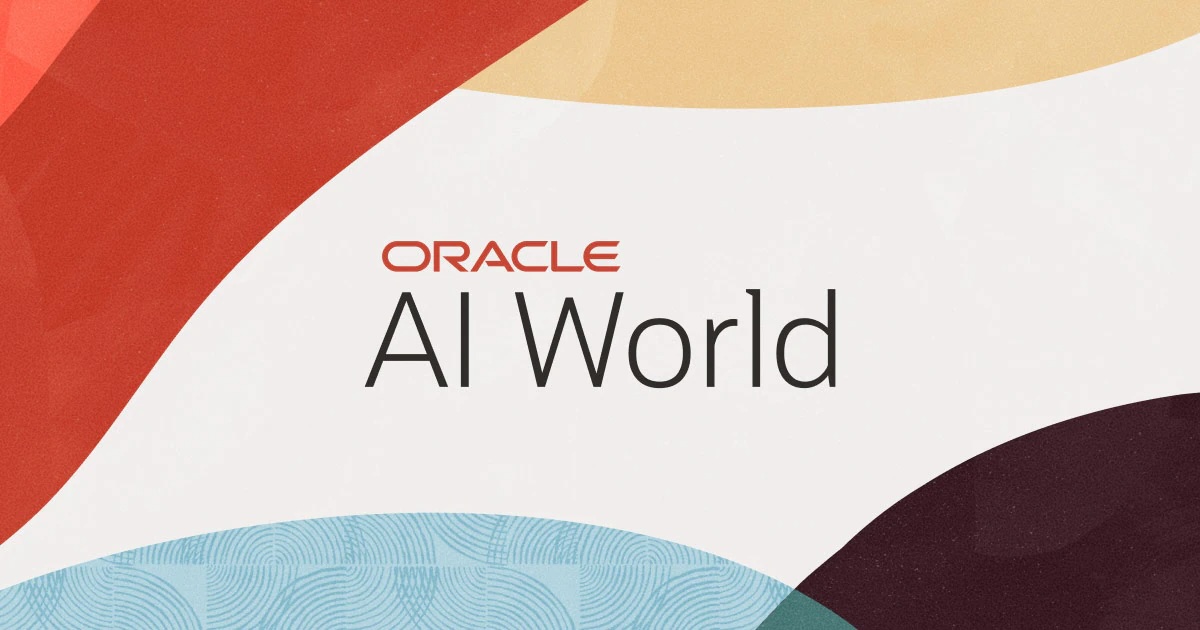SAP recently announced SAP Business Data Cloud (BDC), a fully managed SaaS platform that unifies SAP and third-party data while embedding AI-driven analytics and governance capabilities.
The new solution expands upon SAP Datasphere and integrates with Databricks’ Lakehouse technology to improve data unification, AI adoption, and advanced analytics.
The SAP Business Data Cloud
The SAP BDC platform provides the following capabilities:
- Unified Data Management and Zero-Copy Architecture
- BDC consolidates structured SAP data and unstructured third-party data without requiring data movement.
- Delta Sharing technology facilitates bi-directional data exchange between SAP and external environments, including Databricks’ Lakehouse architecture.
- Maintains business context and semantics, preserving data lineage for accurate AI-driven insights.
- AI and Machine Learning Integration
- BDC natively supports Databricks AI models and machine learning pipelines, enabling enterprises to develop and deploy AI-driven applications directly within SAP’s ecosystem.
- Offers pre-built AI automation tools, such as Joule AI agents, that enhance operational efficiency across finance, sales, and customer service.
- Advanced Data Governance and Compliance
- BDC extends SAP’s data governance framework by integrating Databricks’ metadata management and security capabilities, ensuring regulatory compliance.
- Supports role-based access controls (RBAC) and automated compliance reporting, helping organizations manage sensitive enterprise data securely.
- Hybrid Data Warehouse Modernization
- BDC supports on-premises SAP Business Warehouse customers, allowing them to continue leveraging existing data infrastructures while gaining cloud-based analytics and AI capabilities.
- The platform provides a hybrid model that combines traditional data warehousing with modern cloud-native architectures.
- Integration with AI Agents & Analytics
- SAP introduces Joule AI Agents, which automate data-driven decision-making and execution across business functions.
- BDC integrates with enterprise analytics tools, supporting real-time financial planning, supply chain management, and predictive analytics.
Databricks SAP
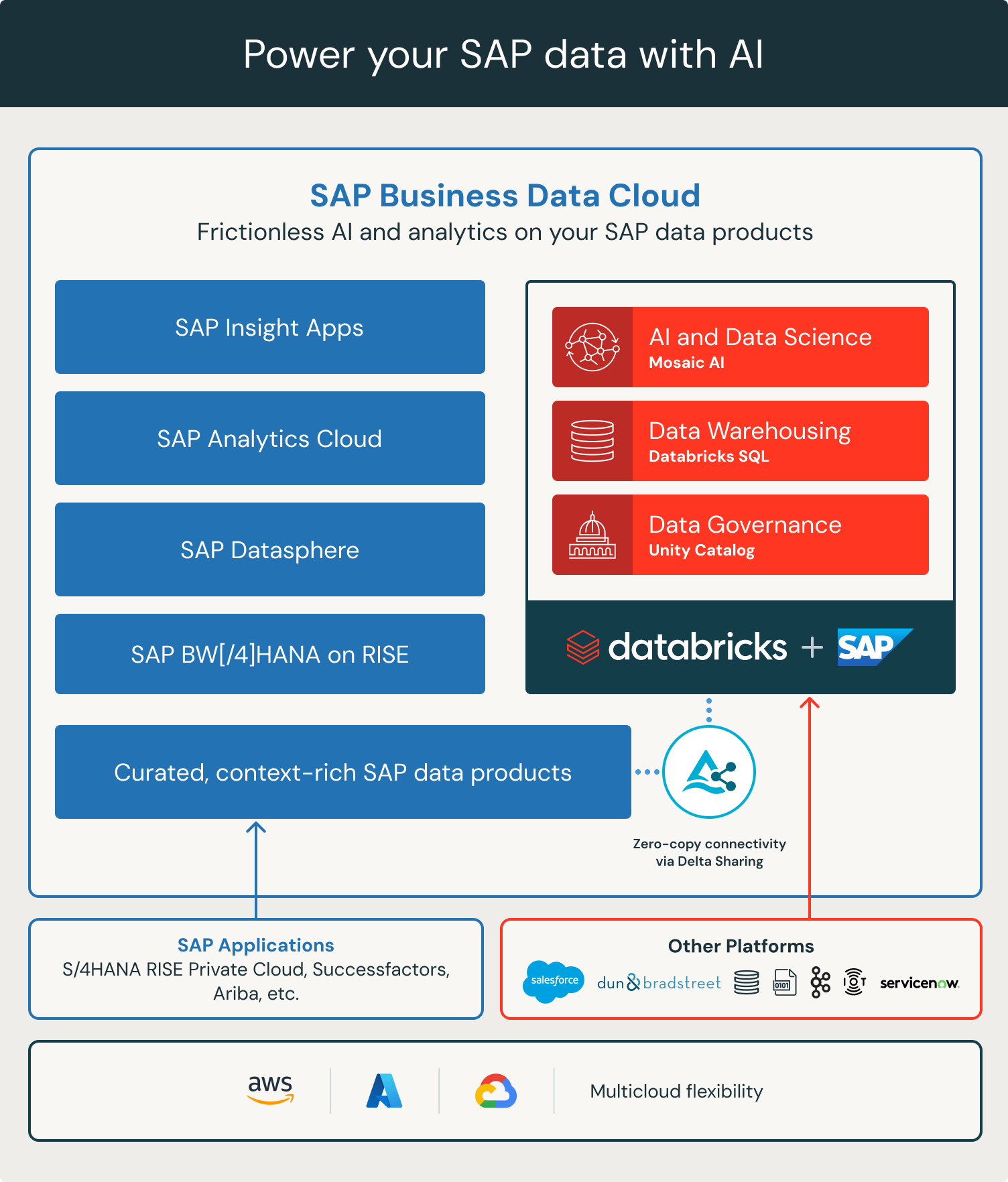
Databricks plays a critical role in SAP Business Data Cloud, providng enhanced AI, data unification, and advanced analytics. Databricks SAP is what Databricks calls its contribution to SAP BDC, and it provides the following capabilities:
- Lakehouse Architecture for Unified Data Management
- Databricks’ Lakehouse architecture combines data lakes and data warehouses, enabling high-performance analytics, AI processing, and data engineering within SAP BDC.
- Allows enterprises to seamlessly integrate structured SAP data with unstructured, external data sources.
- Supports real-time data processing and storage using Apache Spark and Delta Lake’s transactional consistency.
- AI and Machine Learning Enablement
- Databricks accelerates AI adoption within SAP BDC by providing native integration with MLflow, an open-source machine learning lifecycle management tool.
- AI-driven insights become more accurate due to Databricks’ data unification capabilities, eliminating silos.
- Delta Sharing for Seamless Data Interoperability
- BDC uses Databricks’ Delta Sharing technology, a bi-directional data exchange protocol to enable SAP data to be shared across multiple clouds and platforms.
- Eliminates the need for traditional data duplication and ETL processes.
- Helps organizations govern and track data lineage efficiently, assisting with data security and compliance across SAP and non-SAP environments.
- Metadata Management and Governance
- Databricks enhances data governance in SAP BDC by providing:
- Unity Catalog for centralized metadata management, assisting in the definition of access policies, data usage monitoring, and security enforcement.
- Granular RBAC and lineage tracking, for compliance with industry regulations (GDPR, HIPAA, etc.).
- Improves data integrity and governance across SAP’s finance, supply chain, and HR datasets.
- Databricks enhances data governance in SAP BDC by providing:
- Real-Time and Predictive Analytics
- Databricks allows BDC users to process large-scale data in real time.
- Predictive maintenance and anomaly detection for business-critical applications.
- Databricks’ AI models leverage unified SAP data, providing actionable insights to improve efficiency and decision-making.
Analysis
SAP’s Business Data Cloud’s integration with Databricks allows SAP to offer a comprehensive AI-ready data environment with key advantages:
- Elimination of Data Silos: BDC provides a unified view of SAP and non-SAP data without requiring manual data movement or transformation.
- Advanced AI and Analytics Capabilities: AI models become more accurate and actionable due to better data context and governance.
- Lower Data Management Costs: Its zero-copy architecture and Delta Sharing reduce cloud egress and processing expenses.
- Stronger Governance and Compliance: Databricks’ metadata management, security policies, and access controls ensure enterprise-grade compliance.
- Multi-Cloud and Hybrid Flexibility: Enterprises can deploy SAP BDC on-premises or across Azure, AWS, and Google Cloud while maintaining a consistent data strategy.
SAP Business Data Cloud, with its Databricks integration, enables enterprises to unify, govern, and analyze data at scale. The solution simplifies AI adoption by providing a governed enterprise data environment, strengthening SAP’s AI-driven automation strategy.
This is a strong competitive move for Snowflake that better positions the company as a more direct competitor to Microsoft Fabric, Snowflake, and Google Cloud AI. It also provides additional validation for Databricks’ approach.
SAP Business Data Cloud promises to provide enterprises with a governed, AI-ready data environment providing data unification, analytics, and ML capabilities. It’s a strong offering that will serve nearly any enterprise well as a foundational AI-driven data layer that simplifies complex enterprise data management.
Competitve Analysis & Advice to IT Buyers
These sections are only available to NAND Research clients. Please reach out to [email protected] to learn more.
